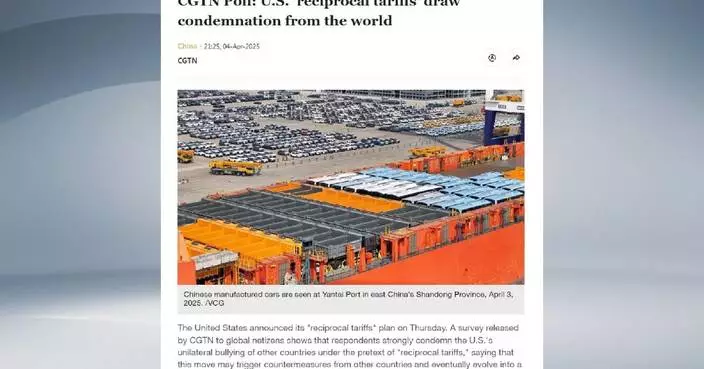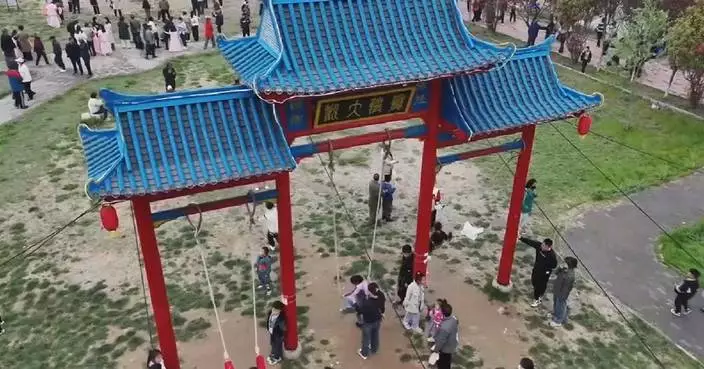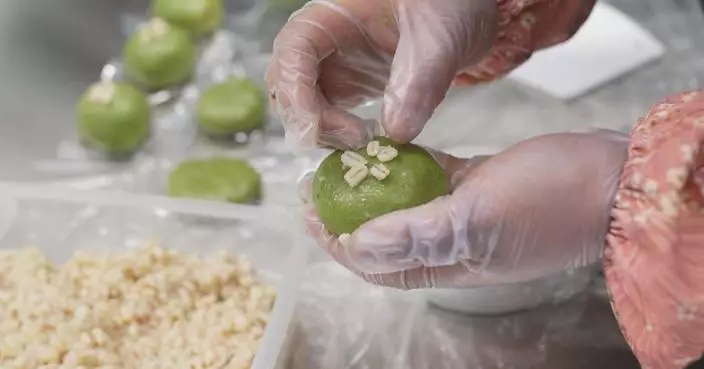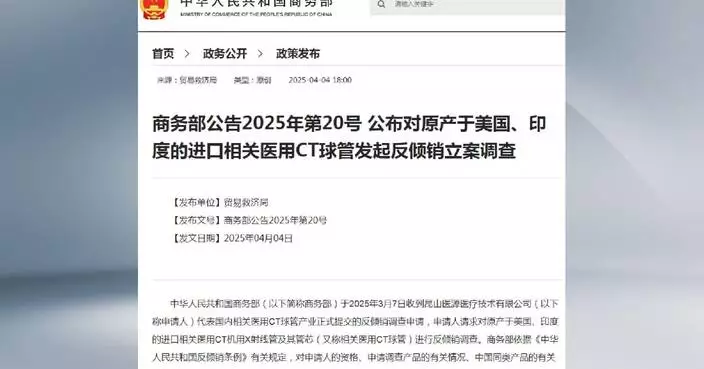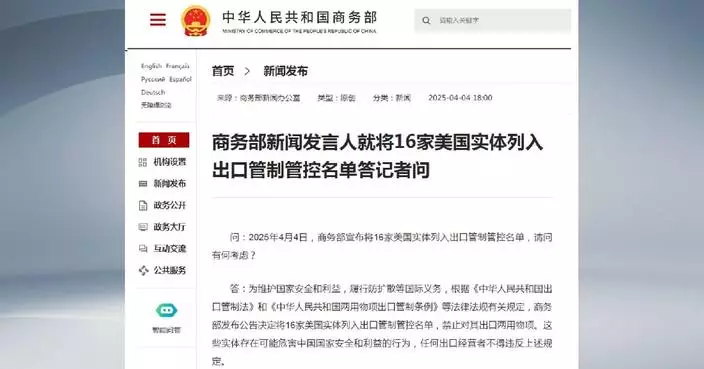As the sun rises above the horizon, An Guozheng begins his daily routine by opening 56 well valves to water trees as he patrols along the Tarim Desert Highway that runs through the heart of the Taklimakan Desert, the world's second-largest shifting desert.
In addition to opening the valves to water a four-kilometer stretch of ecological protective trees along the highway, An and his wife work as caretakers, guarding the green belt that stands in the vast desert.
Once the valves are opened, An ensures that the saline-alkali water, pumped 80 meters from underground, is flowing smoothly.
Most of the drip irrigation pipelines are buried under the sand, so An must clear the sand to inspect the pipelines carefully. For him, small scratches are a daily occurrence.
"Getting small cuts on my hands is normal and doesn't need much attention," said An.
Originally from Shaanxi Province, the 60-year-old man has spent nine years in this desert. Thanks to his meticulous care, the trees along the road have grown lush and green.
"I take care of these trees as if they were my own children. I feel joyful when I see these trees," said An.
It's not easy for trees to survive in the desert, let alone for people. An recalls the early days when he first arrived in 2016.
"When I came here in 2016, my face was flaky from the dry air in May. I thought I would work for six months or maybe a year. Gradually, I got used to it. I realized that a day passes no matter it's filled with hardship or joy. The desert may be desolate, but lives are not. You have to find some fun yourself," said An.
In his second year, An and his wife raised a national flag on a sand dune, marking the spot along the road.
Living in the 10th well house, far from town, the couple relies on weekly supplies and three solar photovoltaic panels for power. An's wife, Song Wen, keeps their small home - less than six square meters - neat and tidy.
At night, the starry sky over the desert often leaves visitors in awe, but for An and his wife, it signals the end of a long workday. Despite the mental loneliness and physical toil of enduring half a year of sandstorms, the couple remains dedicated to guarding this green belt along the road.
"It's frustrating when sandstorms come. We have to close all the windows and doors tightly and wear masks, even when at sleep," said An.
Though bad weather can be annoying, isolation is harder to endure. So the couple always treat tourists who pass by like family.
From late October to March when the weather gets cold, evaporation decreases, making watering unnecessary. This gives the couple a four-month break. During this time, they usually return to their hometown. Before leaving, An always visits his favorite Populus euphratica tree.
"One generation planted trees, and future generations enjoy the shade. Here, though, we must preserve the trees already planted. Only by taking good care of them can we make sure that the road is well protected," said An.
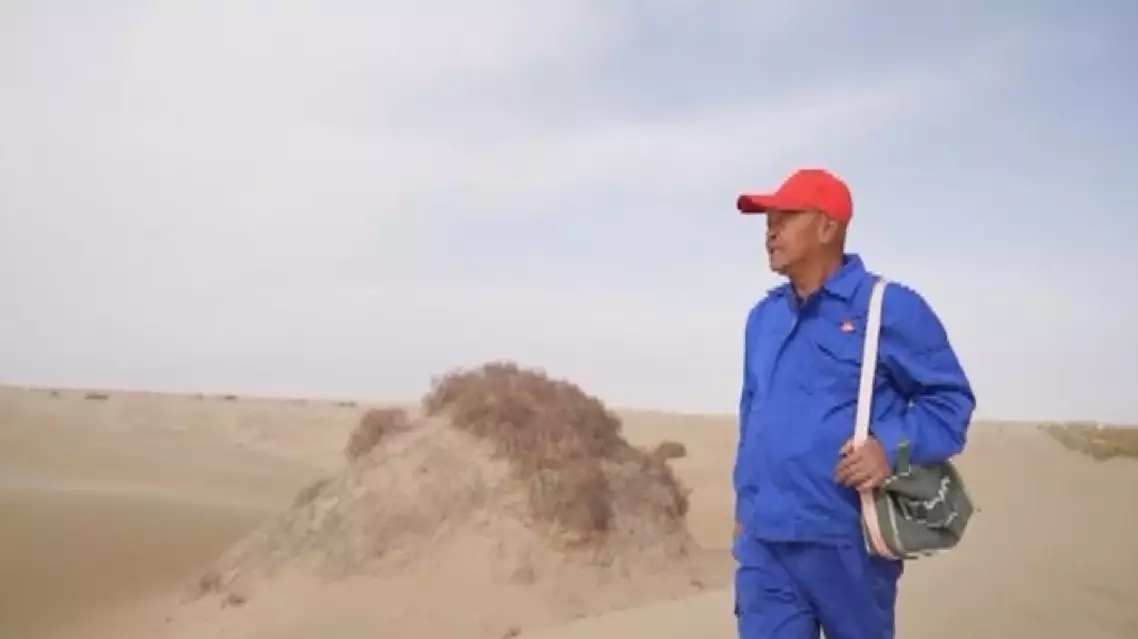
Desert tree caretaker dedicated to protecting green belt along highway in China's largest desert





